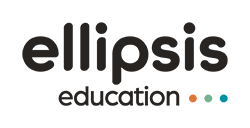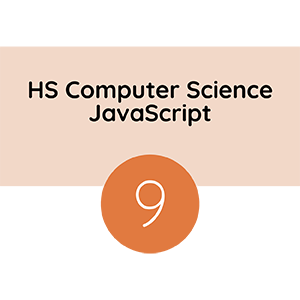High School Computer Science
GAME DEVELOPMENT
This is the page for our full-year course. If you are looking for a condensed option for summer camps or short instruction blocks, explore our HS Computer Science Game Development Pilot.

The course won THE Journal 2022 New Product Awards (Platinum) in the Coding Tool / Curriculum category.
Course Description
Engage with game development processes through text-based coding to learn the fundamentals of game theory and game design. Learn game theory, game psychology, and gaming constructs. Explore physics interactions. security measures, and troubleshooting techniques. Unplugged and Digital Citizenship lessons focus on applications, ethical behavior, and STEM careers in the gaming industry. At the end of this course, students will be able to navigate the Godot gaming environment, have an understanding of industry careers and ethical considerations, and be able to create their own games using game design principles.
Learning Objectives
Each lesson plan is designed to enable students to achieve specific learning outcomes related to course aligned computer science competencies. For example, at the end of this course students will be able to:
- Analyze the evolution of video game culture while considering psychological and other revolutionary innovations relative to game design.
- Analyze and explain components of a video game by decomposing scenes and scripts into their individual nodes and functions.
- Use creative expression to iteratively develop a video game and implement game enhancements, such as lives and levels.
- Describe the effects video games have on individuals and the impacts that can transpire across real-world disciplines in modern society.
- Apply tools and strategies to debug a video game and conduct usability testing to increase quality and equity for users.
- Describe how various security issues might compromise video games and how to avoid them.
Resources Included
- Teacher training videos
- Summative assessments
- Formative assessments
- Syllabus
- Customized standards map
- Step-by-step lesson plans
- Pacing guide
- Teacher and student slide decks
- English language learner supplemental teaching guides
- Vocabulary words and definitions
- Coding lessons
- Unplugged lessons
- Digital Citizenship lessons
- STEM Career lessons
- Hardware integrations
“If I can teach this stuff, literally anyone could.”
— Amy Giba, STEM Teacher
“The kids get fired up because they can see the connections.”
— Collin Yust, 3rd Grade Teacher
Lesson Types
Computer science is more than just coding. That is why Ellipsis Education curriculum includes four lesson types: unplugged, coding, digital citizenship, and STEM careers. By implementing a curriculum that intentionally incorporates these lesson types, teachers can provide meaningful engagement, nurture connections to the world of work, use high-quality instructional practices, and increase access and equity within computer science education.




